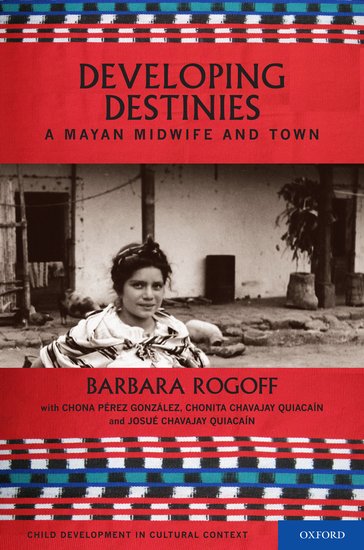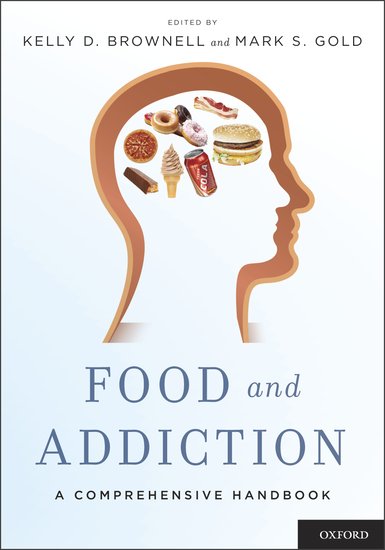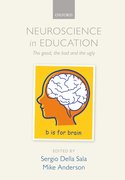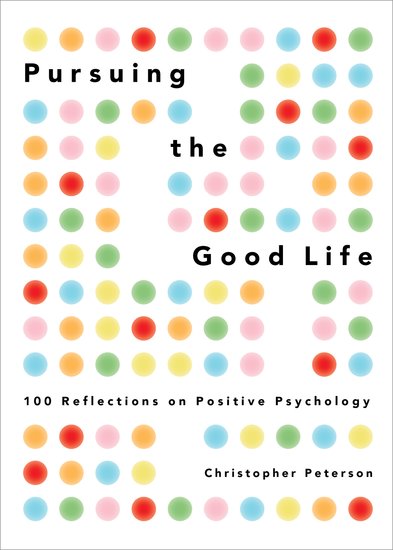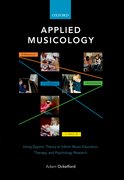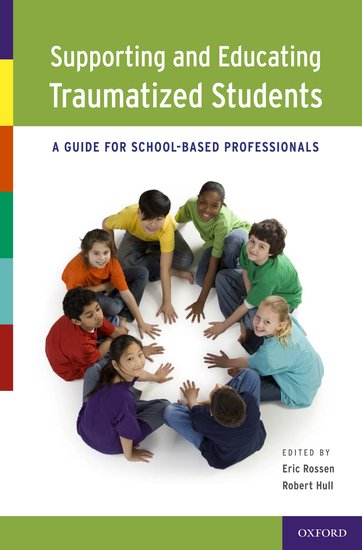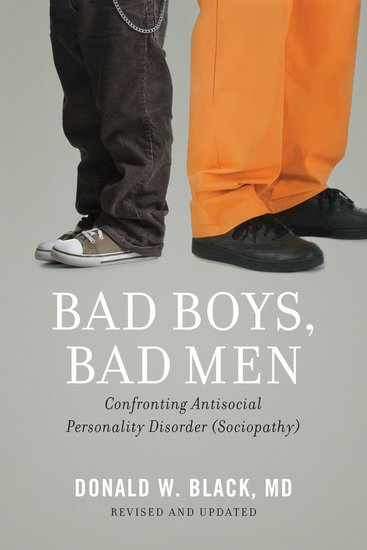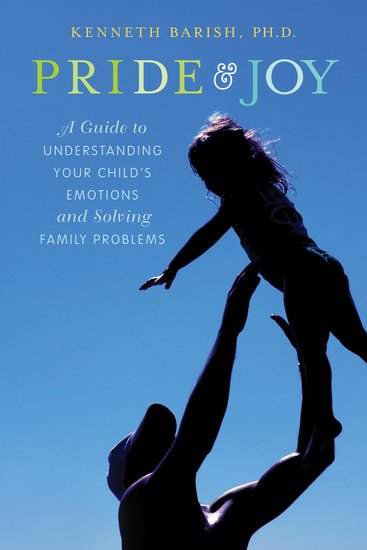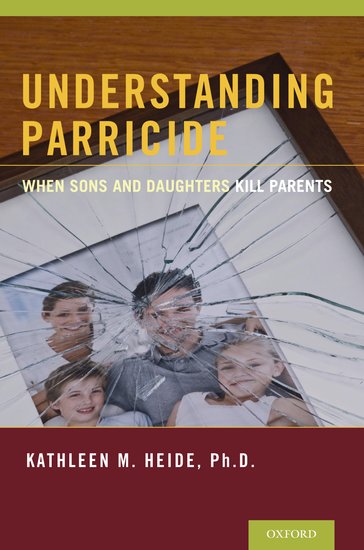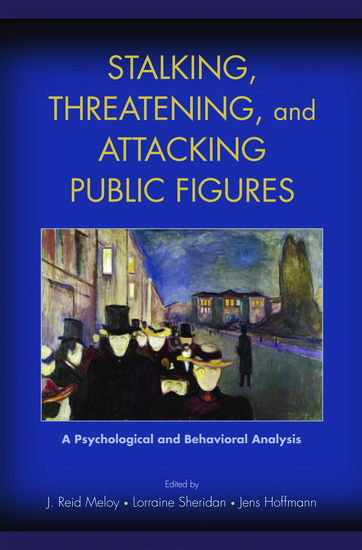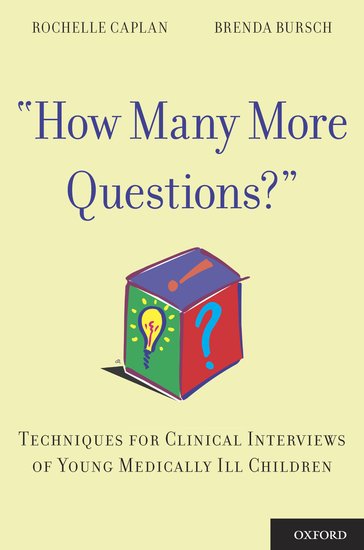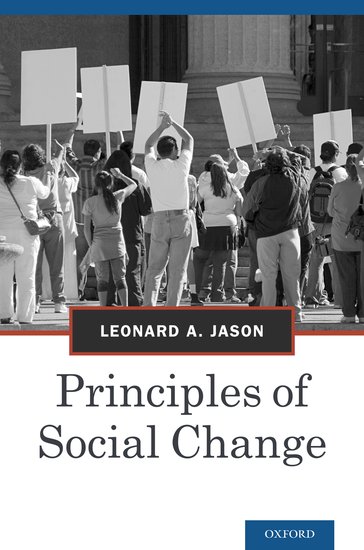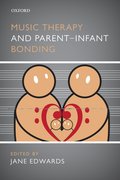So the world didn’t end? A new cycle
By Barbara Rogoff
The news was full of claims that the ancient Maya had predicted the end of the world with the winter solstice of 2012. The solstice went by a few days ago, and here we still are. Related to the mistaken claims of those in the news, the ancient Maya and the apocalypse-predictors conceive of time and life in very different ways. Unlike the end-is-coming view, life and time are cyclical in Maya cosmology. An end is a new beginning, as many current Maya spiritual guides have been trying to clarify to the world.

